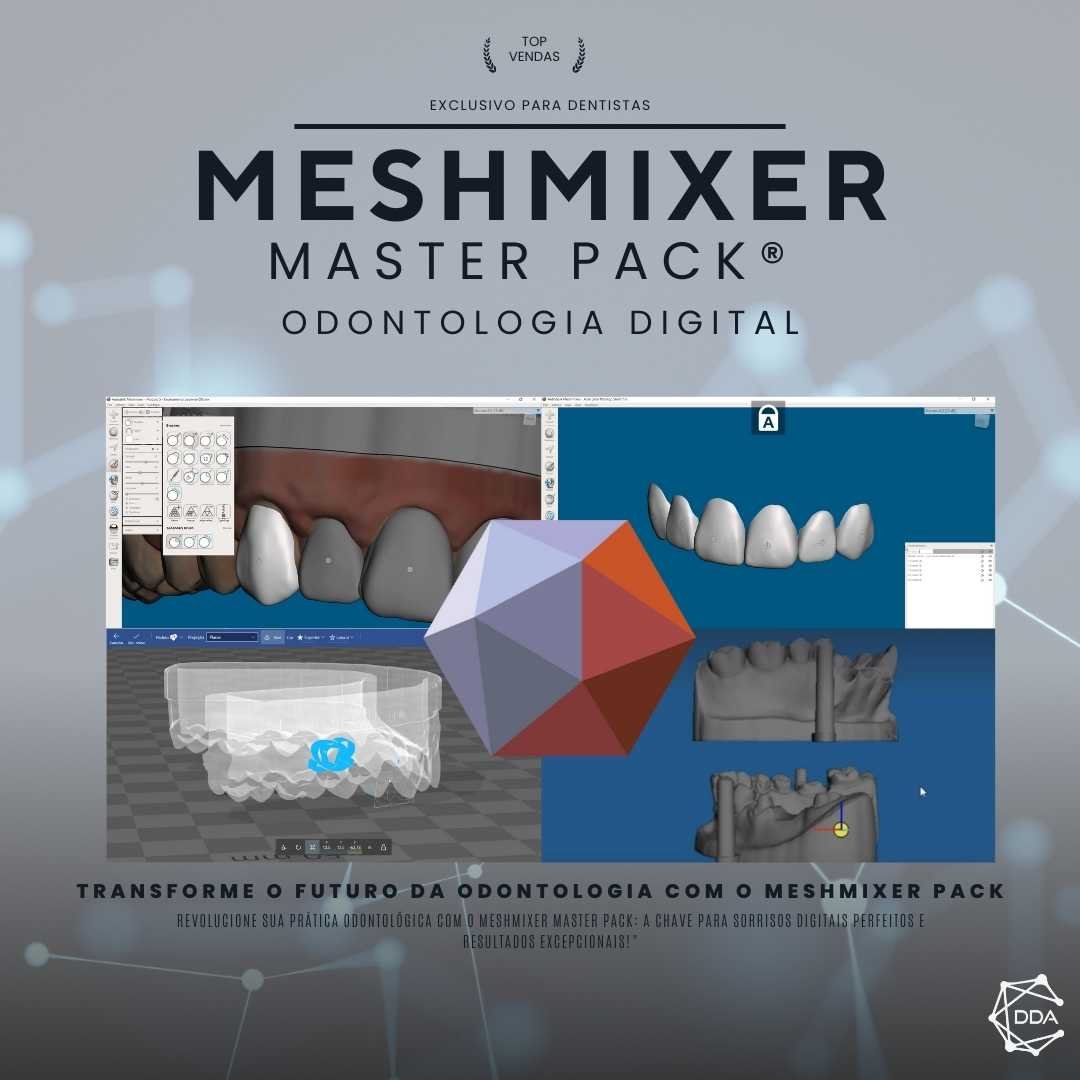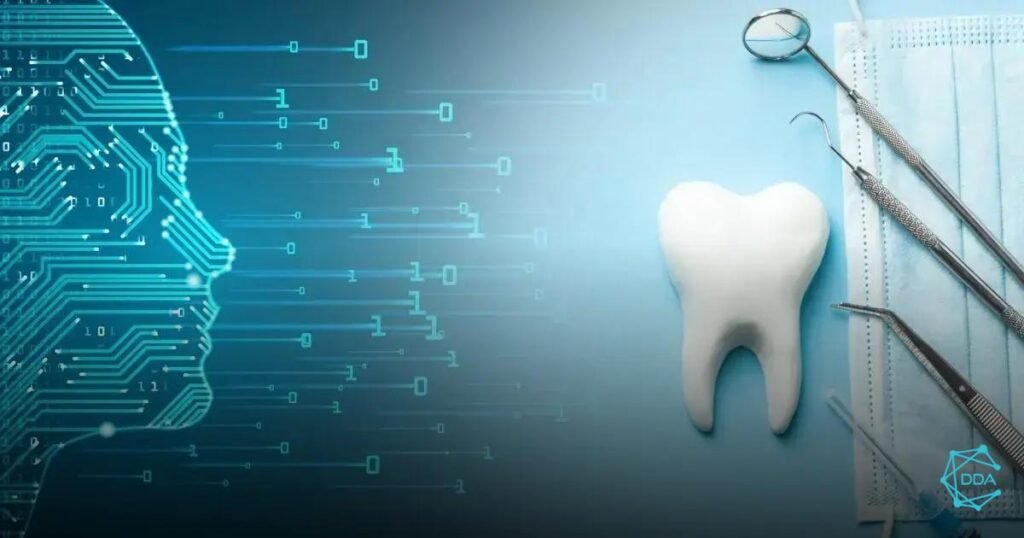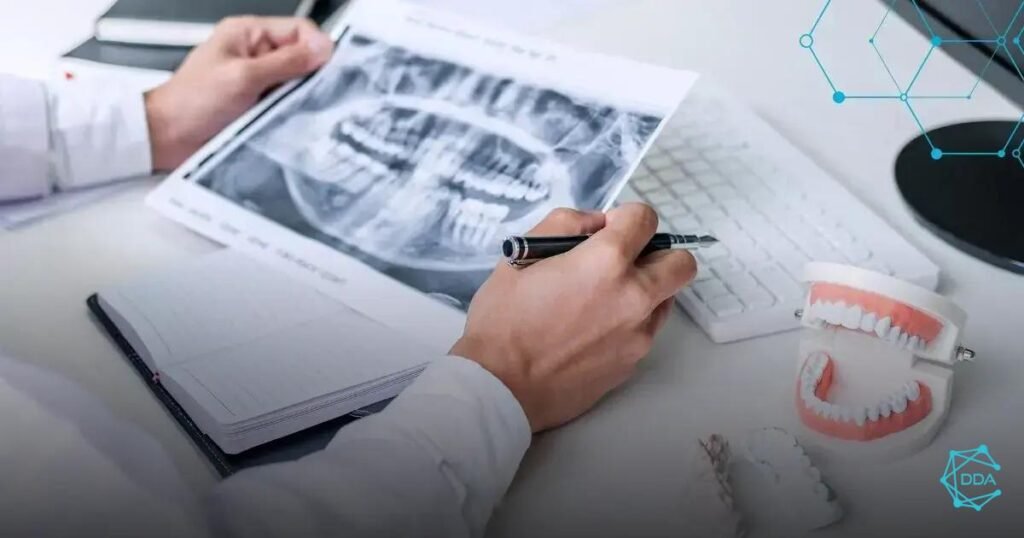Introduction
CAD/CAM (Computer-Aided Design/Computer-Aided Manufacturing) is a revolutionary technology that has transformed the field of dentistry. With the use of this advanced technology, dental labs and clinics can produce dental restorations and prosthetics with greater precision and efficiency. In this article, we will explore the benefits of CAD/CAM in the dental lab and clinic, as well as its evolution over the years.
What is CAD/CAM?
CAD/CAM is a system that combines software and specialized machinery to design and produce dental restorations and prosthetics. The process begins with a scan of the patient’s mouth using an intraoral scanner that captures 3D images of the teeth. These images are then transferred to design software, where the dentist or dental technician can create a virtual model of the restoration or prosthesis.
Benefits of CAD/CAM in the dental laboratory
The use of CAD/CAM in the dental laboratory brings a number of significant benefits. Firstly, the technology eliminates the need for impressions, which saves time and reduces the possibility of errors. In addition, the digital process allows restorations to be adjusted with greater precision, resulting in more accurate fits and considerably improving patient adaptation.
With CAD/CAM, dental laboratories can also produce high-quality restorations more efficiently. Milling and 3D printing machines enable the rapid and precise production of dental prostheses, reducing delivery times for patients. In addition, the use of high-strength materials ensures greater durability and longevity of restorations.
Benefits of CAD/CAM in the dental clinic
The benefits of CAD/CAM are not limited to the dental lab. In the clinic, the technology allows dentists to perform restorations more quickly and accurately. The intraoral scanner and design software allow for complete planning of the patient’s case, ensuring better communication between the dentist and the lab.
Additionally, the use of CAD/CAM in the dental clinic makes it possible to perform same-day restorations. With in-office milling and 3D printing, the dentist can produce and complete the restoration in the same session, eliminating the need for multiple visits. This provides greater convenience for patients and improves overall satisfaction with treatment.
Evolution of CAD/CAM over the years
CAD/CAM has undergone significant evolution over the years. Initially, the system was quite complex and restricted to specialized laboratories. However, with the advancement of technology, CAD/CAM has become more accessible to both laboratories and clinics.
The first CAD/CAM system was introduced to dentistry in the 1980s. Since then, the technology has improved significantly. Intraoral scanners have become more accurate and faster, allowing for greater efficiency in the scanning process. In addition, design software has evolved, making it easier to create detailed and accurate virtual models.
Milling and 3D printing machines have also become more advanced, allowing for faster and more accurate production of dental prostheses. The availability of high-quality dental materials has also contributed to the advancement of CAD/CAM, ensuring the durability and aesthetics of restorations.
Conclusion
CAD/CAM has revolutionized dentistry, bringing benefits to both dental laboratories and clinics. With the ability to design and produce restorations and prosthetics accurately and efficiently, this technology has significantly improved the quality of dental care. As CAD/CAM continues to advance, we can expect even more innovations and benefits to the field of dentistry.






